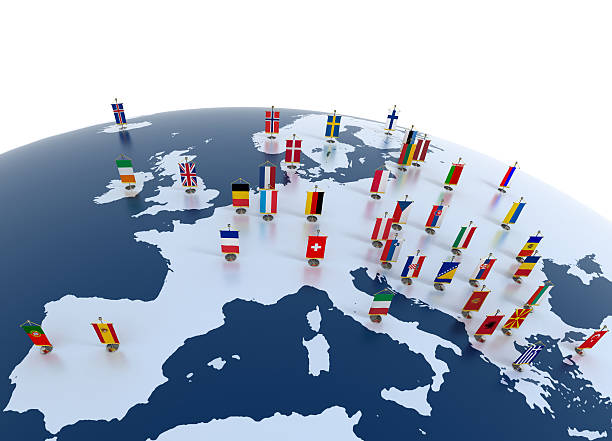EU Migration Crisis Eases, 6 States Seek Pact Exemptions
Nov 17, 2025
Category: Asylum Border and Security EU Migration News

Irregular border crossings into the European Union dropped by 22% between January and October 2025, but six countries are now asking for relief from new migration rules.
These states said that they have been overwhelmed by years of migration pressure.
Irregular crossings drop across most EU routes
New data from Frontex, the EU’s border agency, shows a 22% fall in irregular border crossings between January and October 2025. Just over 152,000 entries were detected, down from the same period last year.
The Western African route saw the biggest drop—59% fewer arrivals, mainly from Mali, Senegal, and Guinea. Crossings through the Western Balkans and Eastern land border also declined sharply.
Despite this, the Central Mediterranean remained the busiest path, with nearly 59,000 arrivals, mostly via Libya. The Western Mediterranean route, in contrast, saw a 27% increase, mainly from Algeria and Morocco.
Six countries still under pressure
Even with the fall in numbers, the European Commission said that six EU countries are facing long-term strain. Bulgaria, Czechia, Estonia, Croatia, Austria, and Poland may now opt out of contributing fully to the EU’s Solidarity Pool in 2026.
The Solidarity Pool is part of the upcoming Migration and Asylum Pact, set to take effect in mid-2026. It requires member states to help manage migration through funding, relocations, or support measures.
However, the Commission said that these six nations have faced “cumulative pressure over the last five years”, and can ask to reduce their commitments for 2026.

Who gets relief, who pays up
Under the new system, countries with “disproportionately high arrivals” — like Greece, Cyprus, Spain, and Italy — will have priority access to EU funds and support tools.
Twelve other nations — including Germany, France, and Finland — are also flagged as at risk due to limited housing or ongoing political pressure, especially from Russia and Belarus.
The EU’s executive body said that reforms must be “fully in place by June 2026”, calling on all member states to prepare their national systems.
Migrant deaths remain high
While overall entries dropped, the human cost remains severe. Over 1,500 people have died trying to cross the Mediterranean in 2025 so far, according to the International Organization for Migration.
Frontex continues to deploy more than 3,800 officers across Europe’s external borders, supporting national authorities.

New rules ahead for EU travelers
Short‑term visitors will see few changes right now, but the new border systems will shape how they enter the EU over the next year.
The Entry/Exit System (EES) is already rolling out and will fully apply by April 2026, replacing passport stamps with digital checks at the border. It will record each entry and exit for non‑EU nationals staying up to 90 days in a 180‑day period.
Long‑term visitors and returning migrants will face the same border process, as the EES logs all crossings electronically. The system uses fingerprint and face data to verify each person, which the EU says will help prevent identity fraud and make border work faster and more consistent.
From late 2026, many travellers who do not need a visa today will also need to apply for the European Travel Information and Authorization System (ETIAS), a new travel authorization linked to their passport.
ETIAS will cost €20, last up to three years, and will allow short stays of up to 90 days in any 180‑day period, though border guards will still decide entry on arrival.
These changes do not alter Schengen visa rules but will add extra steps for those entering for work, family visits, or tourism.
They also sit alongside rising pressure on border systems, which shape how each member state prepares for the full switch to digital checks.
Less pressure, more questions
The EU is seeing fewer irregular border crossings overall, but the pressure hasn’t gone away for every country. Some states are still overwhelmed and asking for relief as the bloc prepares for big changes in 2026.
This matters because it shows how migration remains a deeply shared — but uneven — challenge in Europe. Even as numbers drop, countries are still struggling with the long-term effects.
The next big step will be the full rollout of the EU’s Migration and Asylum Pact. How the bloc balances fairness, support, and responsibility will shape Europe’s approach to migration for years to come.
